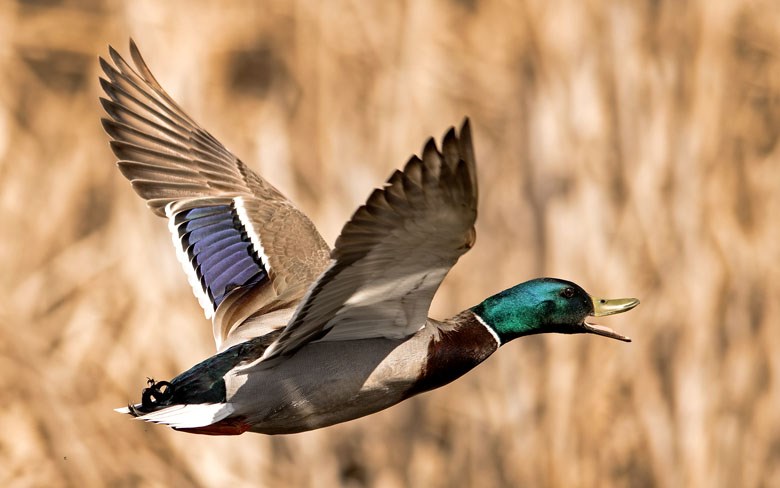Migratory Bird Day
Hundreds of birds and the people who love them will flock to Big Lake next weekend for a free celebration of all things feathery.Next Saturday is International Migratory Bird Day in St. Albert, and the Big Lake Environment Support Society is once again organizing a free celebration, said organizer Bruce Cromwell. While Migratory Bird Day is usually celebrated on the second weekend of May, BLESS decided to hold it on May 19 so as to not conflict with the Clean and Green RiverFest.
This year’s event features face-painting, Indigenous dancing, pond studies, and bird-watching, Cromwell said. Members of the Beaverhill Bird Observatory will be there with a live saw-whet owl, and the Wagner Natural Area Society will be around to talk about the vast groundwater network that feeds Big Lake.
“We’re actually sitting on the largest river you could ever imagine,” Cromwell said.
University of Alberta biologist Julia Shonfield will be at the event to talk about how she uses recorders and sound-recognition software to study owls.
Listening to those recordings was sometimes exciting, as the owls were often really close to the microphone, Shonfield said.
“It feels like you could be standing next to an owl in the forest.”
There will also be plenty of migratory birds, said local birder Percy Zalasky.
“The Bonaparte’s and Franklin’s gulls are everywhere in the lake,” he said, and the shorebirds and songbirds are just starting to trickle in. There could be up to a hundred species at Big Lake by next Saturday, many of which will be gone within days as they continue to breeding grounds up north.
“It’s an exciting time of the year,” Zalasky said.
Cromwell said he hoped to see about 500 people show up at the event, which runs from 11 a.m. to 4 p.m. May 19 at the Lois Hole Centennial Provincial Park shelter. Email [email protected] for details.
Cattails of doom?
Cattails around lakes may be part of a feedback loop that boosts, and is boosted by, global warming, new research suggests.Erik Emilson, a forest aquatic ecology scientist with Natural Resources Canada, published a study earlier this month in Nature Communications on how climate change influences methane production from freshwater lakes in Canada.
Lakes account for up to 16 per cent of natural methane emissions, most of which is produced by decaying plant matter, the study notes. Methane is a potent greenhouse gas, and understanding its link to lakes is important if we are to model climate change accurately.
Methane levels vary significantly from lake to lake and even within lakes, Emilson said in an email. His team wanted to see if the shoreline vegetation decaying in these lakes caused these differences.
The team took sediment samples from various lakes in northern Canada, loaded them with tree or cattail debris, and measured their methane production over 150 days. The team found that the cattail samples produced almost 400 times more methane than the ones containing coniferous tree debris and 2,800 times more methane than the ones with deciduous tree debris. Further study revealed that the tree leaves were releasing chemicals as they decayed that reduced methane production.
Climate warming is predicted to make the north more hospitable to cattails compared to trees, creating the prospect of a feedback loop where warming creates more cattails that create more methane and warming. By applying the predicted effects of climate change to a species distribution model of lakes in the Boreal Shield, Emilson and his team found that the number of lakes colonized by cattails there would double in 50 years, resulting in a 73 per cent jump in methane production.
“This does not mean that people should start ripping up cattails,” Emilson said, as they provide many ecological services. It does make reforesting shorelines with trees and shrubs a good idea, however.
Emilson said this study will help researchers better understand climate projections.
The study is available at https://bit.ly/2wtPGKn.




